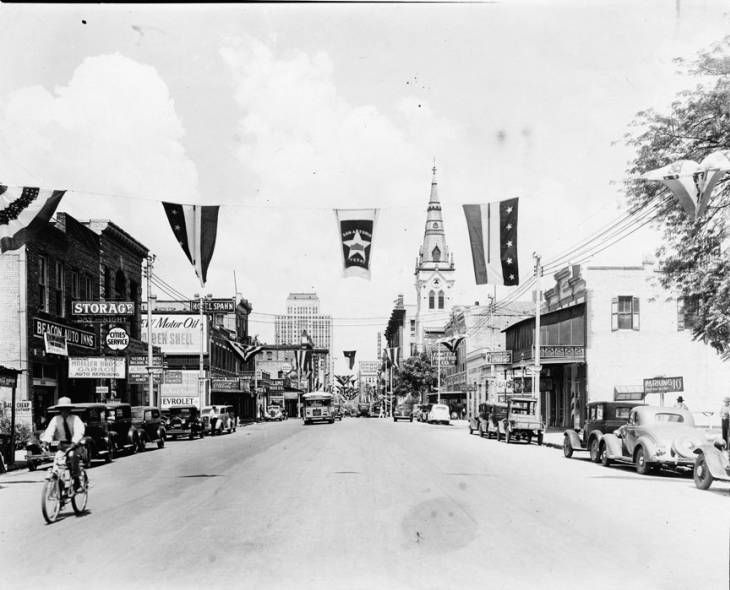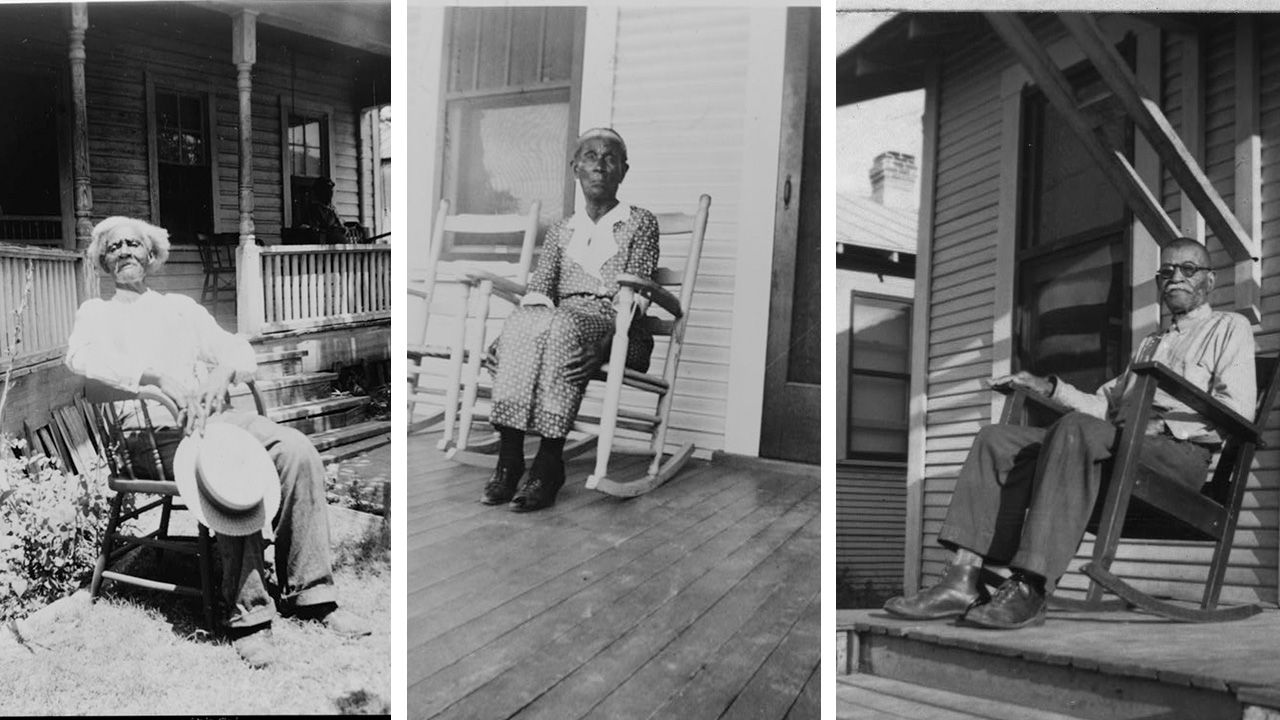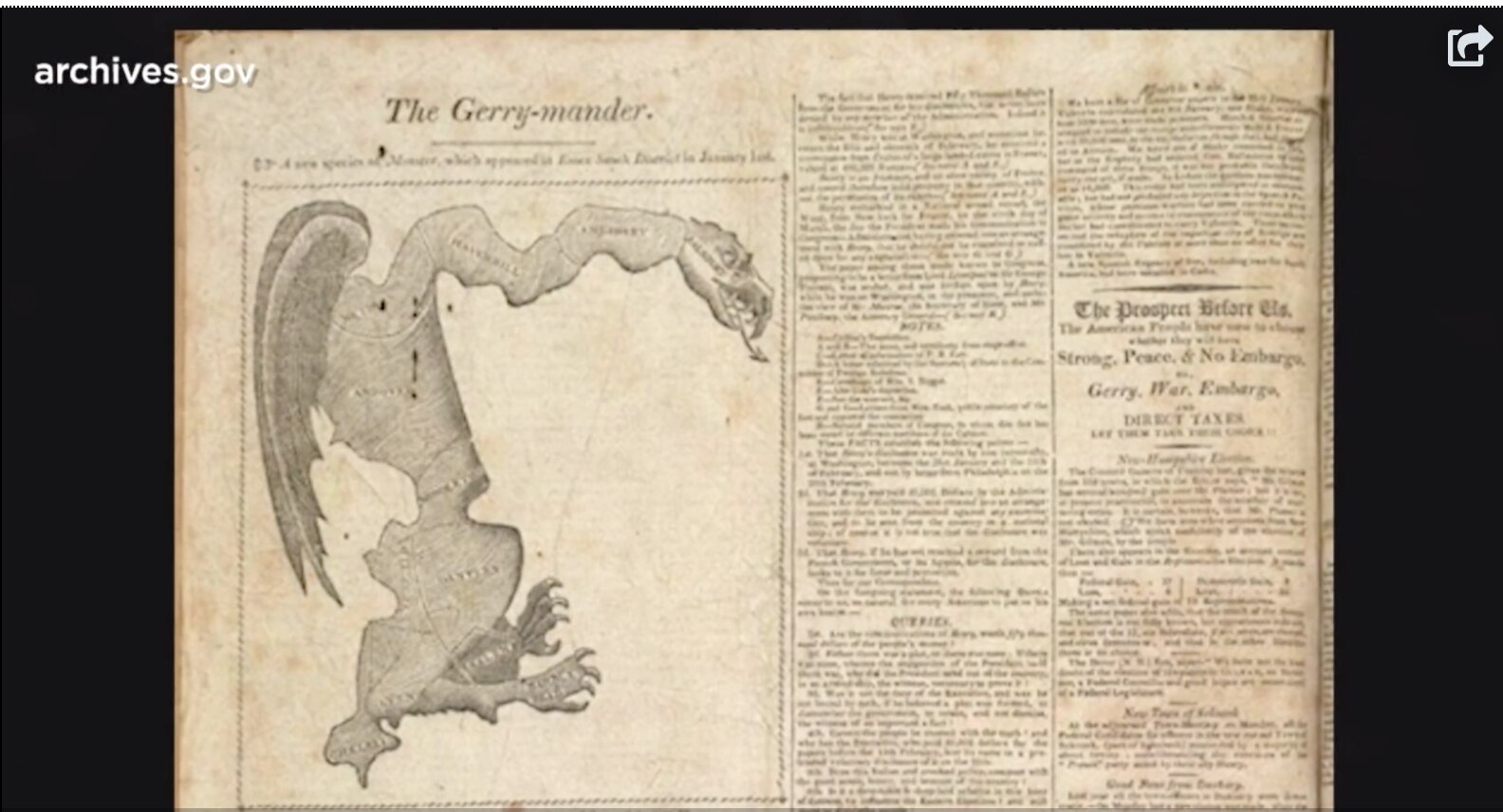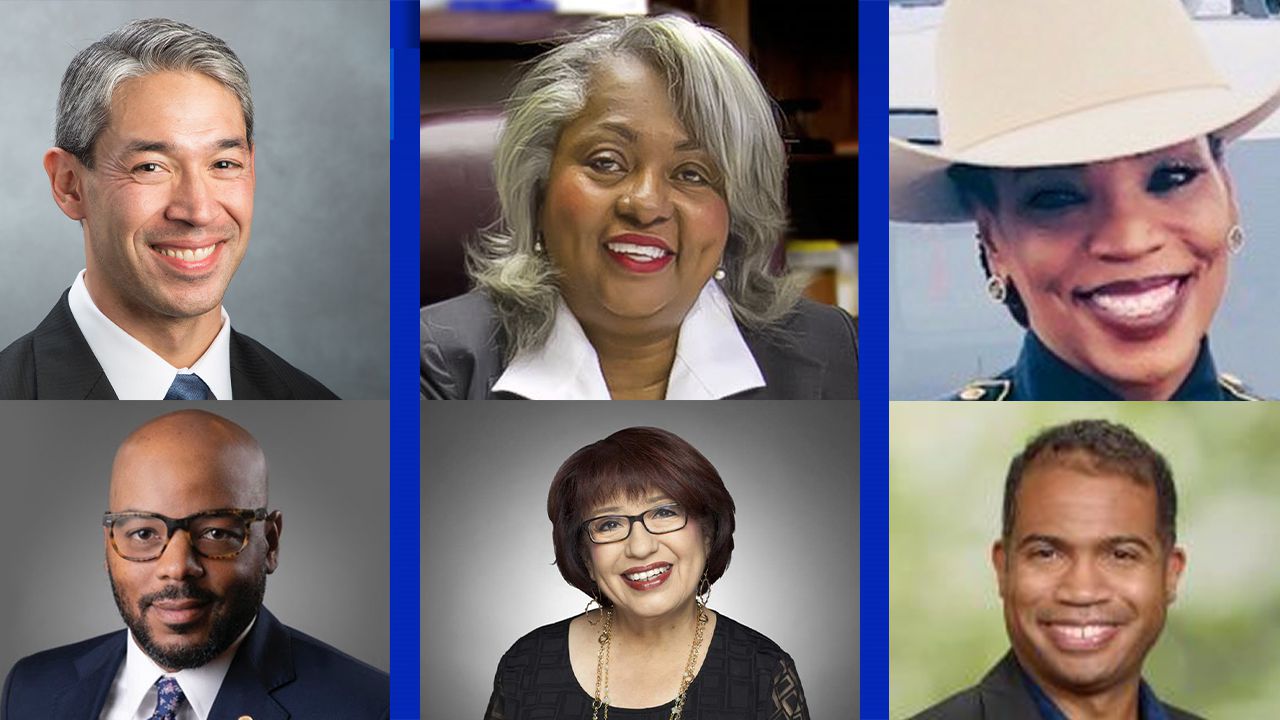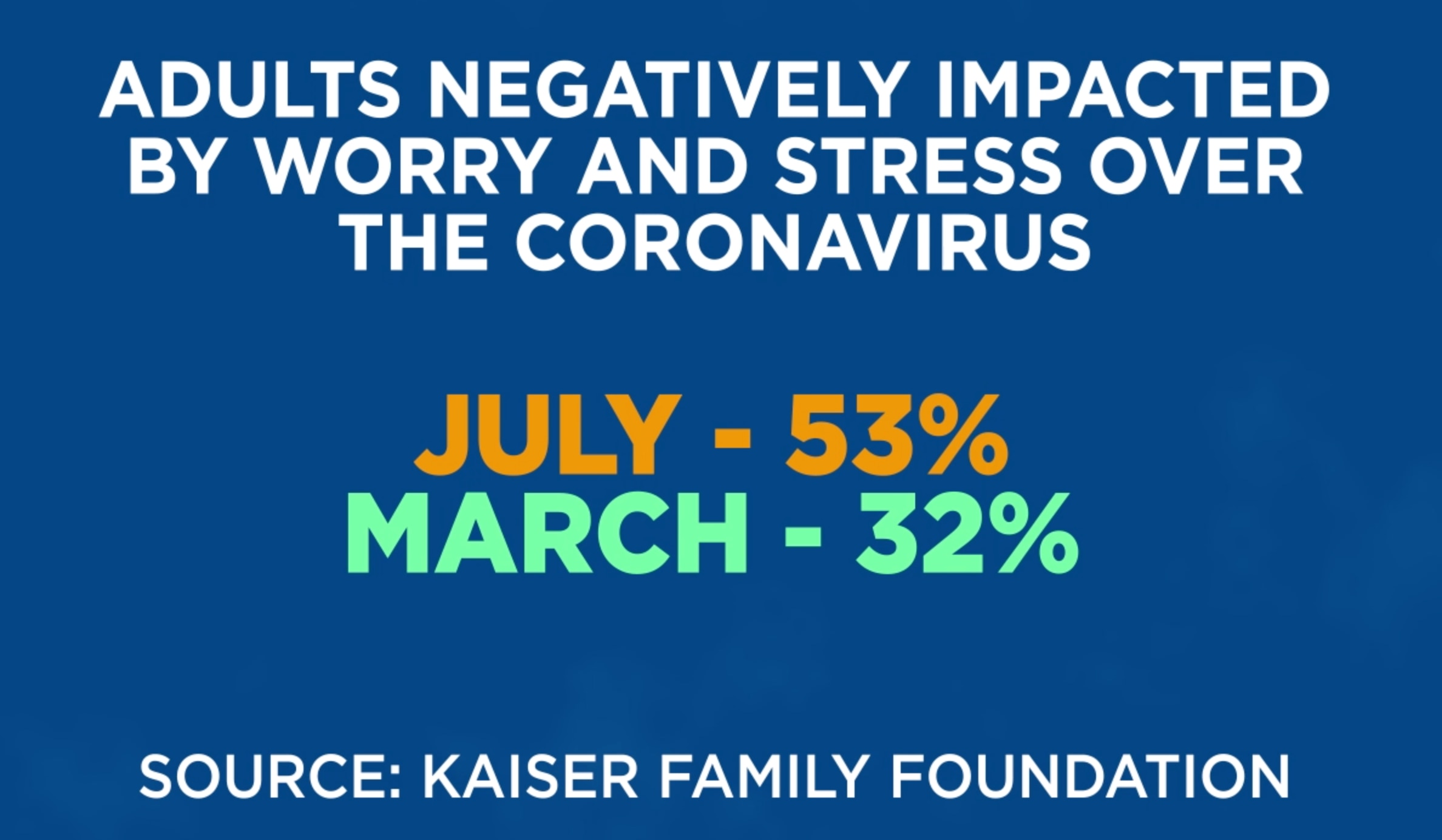A Thursday night out on patrol alone ended in tragedy for San Antonio patrolman Julius Alberson on Dec. 4, 1941.
Within minutes, the “well-liked” officer, who was responding to a disturbance at a dance hall in the 500 block of East Commerce Street downtown, was fatally shot with his own revolver.
“City Policeman Slain at Dance” spread across the front page of the San Antonio Express the following day. A revolver disappeared, 10 soldiers were detained and one mystery remained — who really pulled the trigger to kill Alberson, the local newspapers asked. The 29-year-old had only been on the force for nine months at the time of his death.
To this day, no one has been convicted of his murder.
The San Antonio Police Department honored Alberson on the 79th anniversary of his death on Dec. 4, 2020 in a Facebook post. SAPD said Alberson became the department’s first Black officer to be killed in action.
SAPD remembers Patrolman Julius N. Alberson.
Posted by San Antonio Police Department on Friday, December 4, 2020
SAPD refused to provide more details about Alberson and appealed a request for the public records related to his employment to the Texas Attorney General in an effort to keep them private.
Dr. Carey Latimore, an associate professor of history at Trinity University, said there may have been one or more Black officers killed in the line of duty before or around the same time as Alberson’s tenure with the department.
An examination of public archives and an interview with the local historian reveals Alberson’s death was greater than a newspaper headline — it was a tragic, premature death of a promising young man who was becoming a community leader in San Antonio despite all the economic and racist challenges he faced.
A tragedy downtown
Long before high-rise hotels and the Shops at River Center became San Antonio icons, East Commerce bustled with business and nightlife among the city’s non-white populations who had been segregated from other parts of town.
“The street that never slept,” was filled with bars and hotels, as well as stables and a wagon yard, to become a gathering place for locals “excluded from the Anglo-American areas,” according to an archeology research paper from the University of Texas at San Antonio.
(Segregation was federally banned in 1954, more than a decade after Alberson’s death, in the Supreme Court case Brown v. Board of Education. Still, many Southern states, including Texas, fought against integration.)
But a regular night at the Avalon Grill, a club at 500 E. Commerce St., erupted into chaos on Dec. 4, 1941, when a bar patron started a disturbance.
Alberson, who was patrolling the area, responded to the call and ejected the man who allegedly caused the ruckus, according to newspaper archives obtained by KSAT from the San Antonio Evening News and San Antonio Light.
While Alberson walked the man out of the dancehall to a nearby patrol car, a struggle erupted and a shot was fired.
Alberson was shot in the head, police told the San Antonio Evening News. As a patrol officer went to lift up Alberson’s head, the bullet dropped to the sidewalk. The paper also reported that he was kicked during the scuffle.
Someone in the crowd had taken his pistol — and his life — as many of the patrons ran from the scene.
Alberson had served as a patrolman since April 10 after becoming a police cadet on Feb. 24, according to the San Antonio Evening News. He was brought onto the police force through a special training program and served alongside other Black officers who were recruited by the department.
The man and what he could have become
According to Census records reviewed by KSAT, Alberson was born in Bryan, Texas, and came to San Antonio with his family at a young age.
Living on the West Side, Alberson graduated from Douglass High School, an African-American high school, as the president of his class. He went on to college and graduated with a four-year degree from Wilberforce College in Ohio.
Latimore discussed Alberson and the circumstances around his slaying in an interview with KSAT.
Alberson eventually married and settled in San Antonio where he initially worked as a substitute teacher at Booker T. Washington School, Latimore said. He struggled to find consistent work as a Black man in the post-Depression South, even with a four-year degree, but eventually found his way into police work.
“He’s part of a training program and he’s the first African-American that comes in through that training program. I don’t believe that he’s the first Black police officer in the city, but he’s the first that comes to this new training program that was initiated,” Latimore said. “White police officers are going to patrol Black neighborhoods, but he is probably going to be primarily patrolling Black neighborhoods, as well.”
At the time of his death, Latimore says, Alberson stood 6 feet, 2 inches tall, and weighed about 175 pounds, which would make his frame just smaller than Joe Lewis, the heavyweight boxing champion of the era.
Larger than most men in the time period, Latimore said Alberson’s size was impressive and would leave an impression on people while in uniform. However, Alberson’s death left an even even bigger impression on the community that he left behind, as a man establishing himself as a community leader.
“The church communities and the fraternal organizations, they all kept things known. And so there were ways of the African-American community to know what was happening,” Latimore said. “And certainly a man like him entering into the police force would have been known and would have been a sense of pride. So, he’s a person that was well known and he would have had to have been well respected. His father is a poultry dealer, so, he comes from a good middle-class family. They owned their home. They did well. And so it would have been a sense of these are people that are moving up and a sense of pride to the community.”
Alberson was survived by one child and his wife, who is believed to have remarried years later.
An arrest, an indictment, alleged coercion and a hung jury
Ten soldiers and one woman were held at the city jail following the slaying. By Dec. 6, 1941, the police officers arrested one potential shooter.
The San Antonio Light reported that 24-year-old Melchoir Quitman, a Black soldier at Fort Sam Houston and superintendent of a Sunday school in Arkansas, made a statement that admitted to the killing.
Quitman said he had an argument with the officer after he was ejected from the club. While they struggled, he said a gun “exploded,” although he said he didn’t know if the officer was shot.
He said he returned to Fort Sam Houston that night, but left the weapon on the sidewalk. He was indicted on a murder charge later that month.
During the trial in January, the “heated legal battle” meant witnesses upon witnesses and cross-examinations, as “each side fought for every point,” according to the San Antonio Register.
Alberson’s widow, Grace, and her 8-month-old son attended the trial. Quitman’s mother, Mary, was also at every session and commuted from Arkansas, the report states.
Two witnesses said they saw Quitman deliberately point the gun at Alberson’s head. Other witnesses said that while they saw the scuffle, few didn’t actually see the shooting.
“They both began tussling… both falling to the ground. In a few minutes, a gun was fired, but I don’t know by whom,” one witness said.
The trial turned on its head when Quitman took the stand and said he confessed under duress. He said he was beaten by police officers and given nothing to eat for 24 hours, The Register reported.
He was among the witnesses who gave officers information immediately after the shooting.
Another soldier said he was “beaten by detectives because he was a northern Negro.’”
The Register reported that witnesses were brought in to testify that Quitman was beaten, while others were used to say that there was no violence.
Fire and Police Commissioner P.L. Anderson denied any of his officers coerced or beat anyone, saying that an officer caught assaulting an inmate or potential suspect would be fired.
Jurors were unable to reach a verdict after debating overnight from Jan. 21-22. By the time The Register was printed on Jan. 23, Quitman was released from jail.
Overshadowed by a ‘date which will live in infamy’
It’s nearly impossible to ignore the historical context of when Alberson was shot and killed. Just three days after his death, on Dec. 7, 1941, the Imperial Japanese Navy Air Service attacked the U.S. naval base at Pearl Harbor in Honolulu.
Latimore said the attack on Pearl Harbor and subsequent war played a pivotal role in the acquittal of Alberson’s murderer and accomplices.
“It’s hard for us to imagine the scope of Pearl Harbor and how people are going to link with soldiers because they’re protecting our freedoms. And so on one hand, you have this and on the other hand, you have a cop who theoretically is protecting us as well,” Latimore said. “And so I think you have these two competing things happening at the same time you have a jury that probably doesn’t have an association to Alberson or to the person who was accused of killing him and I think in that case the decision was made that the soldier, at that point in time, was who they were going to side with.”
Latimore said while it is impossible to prove his theory in the court’s decision, the racial divide and sympathy for the war effort is clear.
“I think race has an impact here, but the military also has an impact and the war is… creating a foundation for all of this,” Latimore said. “And so it’s interesting because Mr. Alberson is a hero in the line of duty, and yet, he wasn’t treated by the judicial system in that way.”
Latimore said the backdrop of race relations and World War II remains foundational in both the trial and the action taken by the city and department after.
“I believe as the trial went forward on, Alberson kind of becomes distant in people’s memory to the larger issues of this war,” Latimore said.
Latimore said he believes the reason for the court’s quick acquittal of Quitman is linked directly to him being a soldier, a fact that the prosecuting attorney in Alberson’s case begged jurors to not take into account.
“The prosecuting attorney said right before to the jury, ‘please do not take into account the fact that these men are soldiers,’ because he even knew that event might cloud their thinking,” Latimore said. “He wanted them to focus on the cop that was killed. But apparently, his pleads to the jury were not listened to. And, so, then he’s acquitted.”
“One of the things that we have to remember is that you’re not going to have African-American jurors on the trial,” Latimore said. “So, this is going to be a jury of white men adjudicating this situation in the time period of war. You want to think that the sympathies would be for the cop in this situation, but knowing that these people are getting ready to be sent off to war, the sympathies may actually be with the soldiers.”
The San Antonio Register reported that the pistol used in the shooting was discovered in February 1948.
By that time, Quitman was already dead. He was shipped to war shortly after the trial and died overseas.
Before the trial, according to a report by The San Antonio Register dated Jan. 2, 1942, Alberson’s wife and son were both awarded $37.50 per month by the city’s Fire and Police Pension Board.
Latimore said about 1,000 people attended the funeral ceremony for Alberson, including the mayor, police chief, other Black members of the police force and law enforcement personnel from across the state.
“It was a huge event in which the community comes together. But then we wonder what happens in the aftermath as they left,” Latimore said. “Was that the last time they thought about Julius Alberson and his wife? Was that the last time that San Antonio thought about him? Is that the last time that the police force stood up for him at that funeral? These are questions that we have.”
Read more like this on our Black History page.
Stories of former San Antonio slaves live on in Library of Congress collectionKSAT Explains: San Antonio’s hidden Black history16 books about Black history you can read for free from the San Antonio Public LibraryWhat is Confederate Heroes Day and why do Texans still celebrate it today?South Texas Negro League baseball featured local talent who created legacy on East SideTour through local cemetery highlights trailblazing African Americans in San AntonioFormer MLB player from San Antonio credits career to late Hank Aaron

